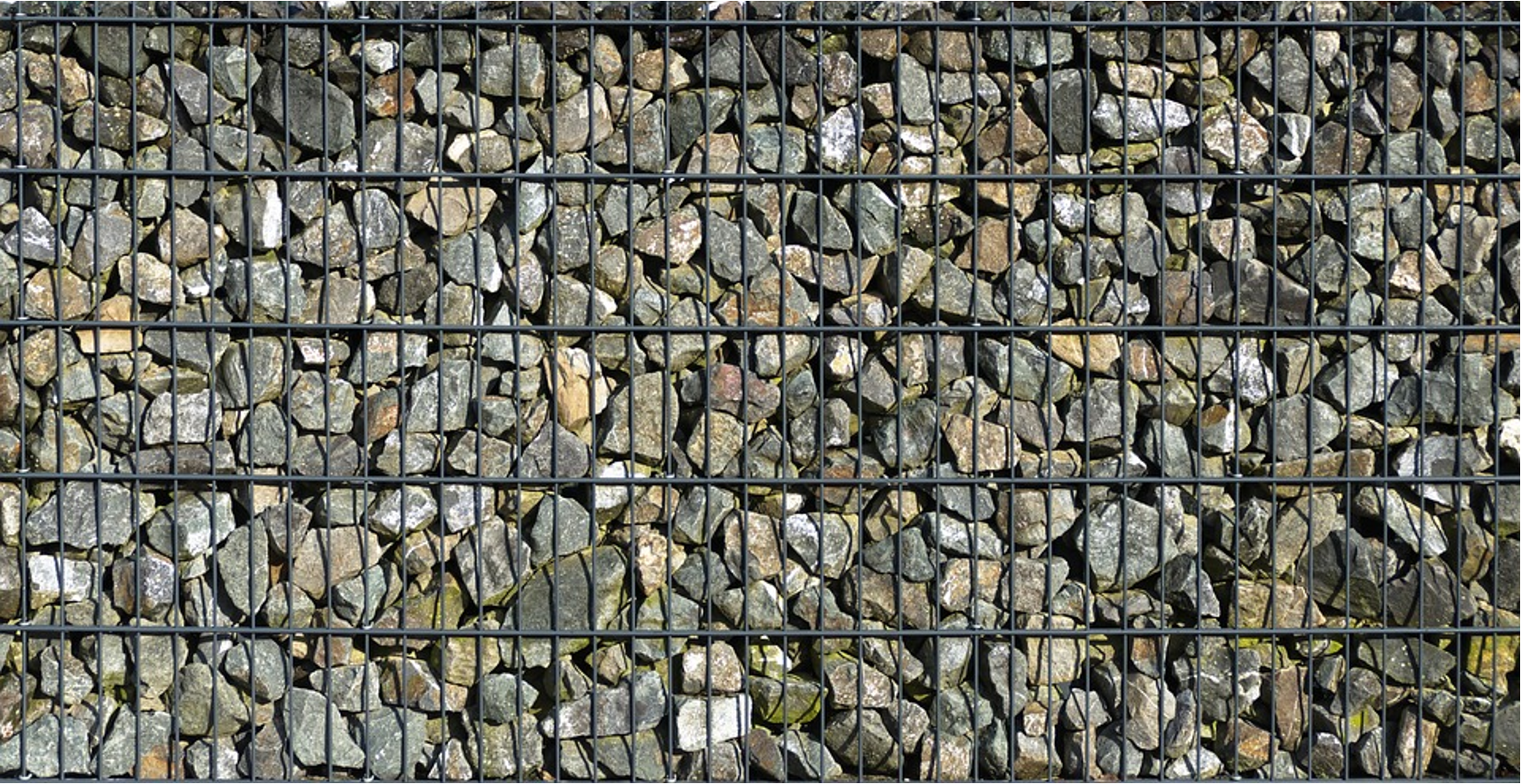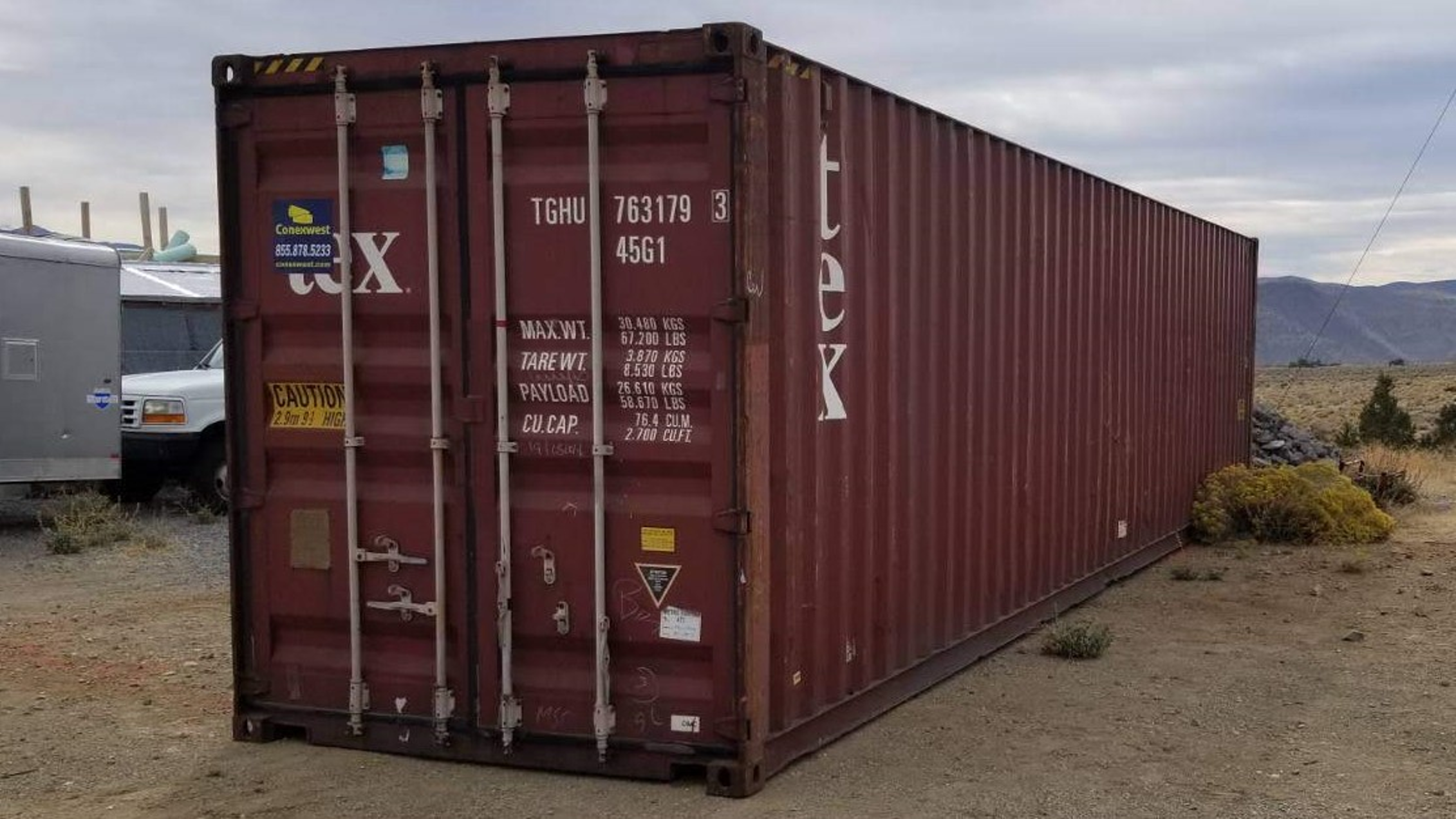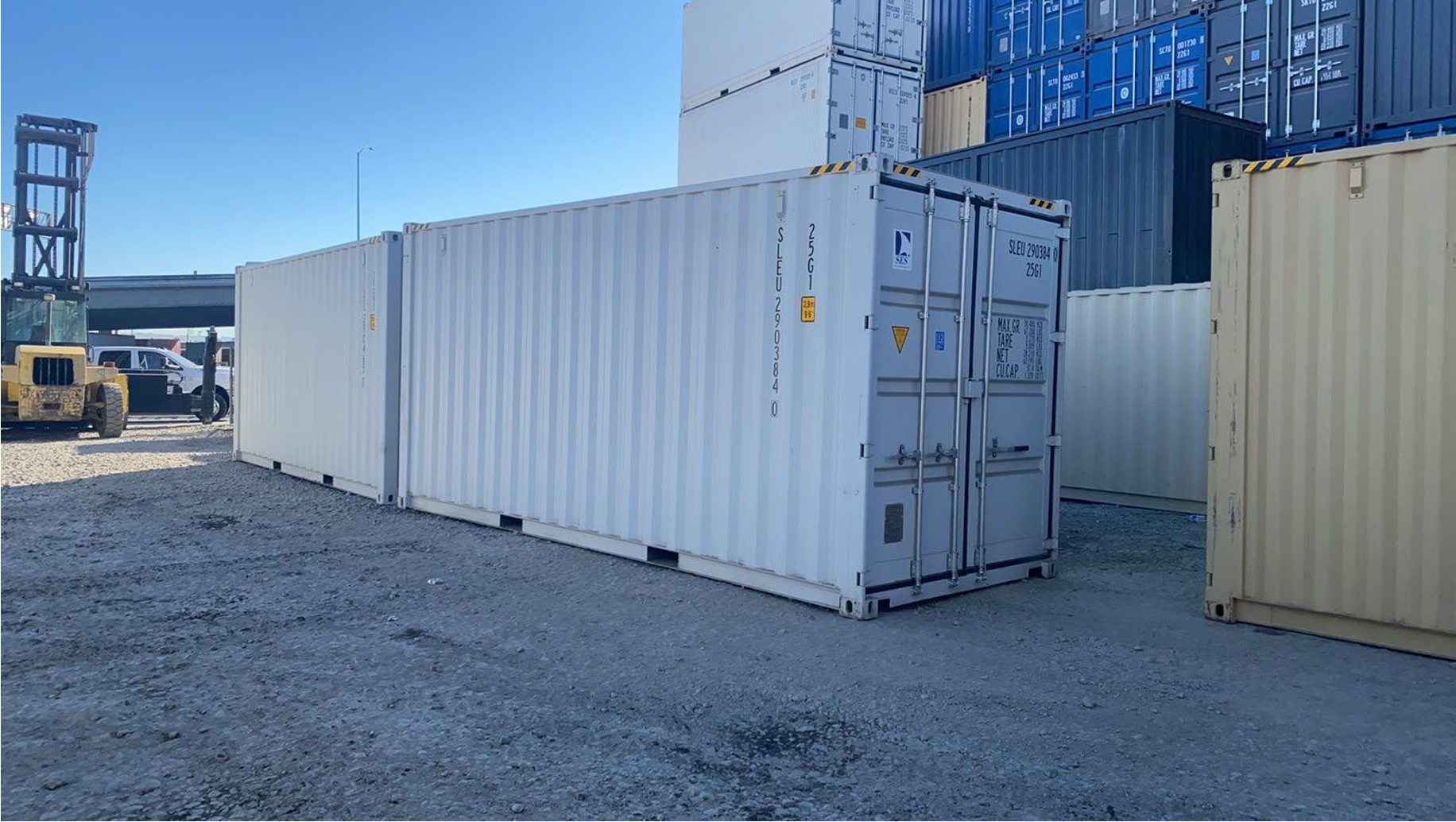How To Reinforce And Bury A Shipping Container For Underground Use
Get a quoteReinforcing and Burying Shipping Containers for Underground Use
Key Takeaways
- Reinforcing a shipping container is important for maintaining structural integrity when buried underground.
- Proper reinforcement prevents rust, corrosion, and damage from soil pressure.
- Choosing the right location and depth for burying a container is essential for safety and longevity.
- Conexwest provides a variety of containers and customization options, along with expert consultation and delivery services.
Why Reinforcing A Shipping Container Is Important For Underground Use
1. Structural Limitations
Shipping containers are designed to bear loads primarily through their corner posts, which support vertical weight during transport and stacking.
However, when buried underground, these containers face lateral pressures from the surrounding soil, which they are not built to withstand and can buckle under immense pressure if not reinforced.
2. Pressure Distribution
Reinforcement helps distribute soil pressure more evenly across the container's surface. Techniques such as welding steel beams along the interior walls and roof can significantly improve the container's ability to handle lateral forces.
3. Safety Considerations
An unreinforced shipping container poses safety risks, especially in emergency situations where it might be used as a bunker or shelter during natural disasters.
4. Long-Term Durability
Over time, factors such as moisture and soil movement can exacerbate stress on the container. Reinforcements like gabion cages - which are filled with rocks and placed around the container - can help manage soil pressure and prevent inward collapse to extend the lifespan of the structure.

Gabion cages can help increase the durability of shipping containers placed underground
Conexwest, a leader in shipping and storage solutions based in Northern California, offers new, used, and refurbished containers from 10ft to 45ft, with fast delivery within 3-7 days and container fabrication options like adding shelves and locks. We serve over 10,000 customers nationwide, including prestigious clients like the U.S. Navy and Google. As an ISO 9001 and AWS-certified company, we ensure top quality and competitive pricing. |
Steps To Reinforce A Shipping Container

Conexwest’s skilled technicians know how to reinforce a shipping container effectively
- Inspect for Damage: Check that the container is structurally sound and free from rust, dents, or significant damage. Any pre-existing issues can compromise the reinforcement process and integrity of the container.
- Add Steel Reinforcements: Weld strong steel bars or plates along the interior walls to improve their strength. This is important as the walls are the weakest part of the container and need additional support to withstand lateral soil pressure.
- Consider Gabion Cages: Surrounding the container with gabion cages filled with rocks can provide an external support system that absorbs soil pressure.
- Install Steel Beams: Weld steel beams across the roof (which will be at the bottom when buried) to support the weight of the soil above. This step is vital since the roof will bear the majority of the load when buried.
- Concrete Layer: Optionally, adding a concrete layer on top of the steel beams can further improve the container’s load-bearing capacity and protect against moisture intrusion.
- Place Steel Columns and Cross Beams: Inside the container, install vertical columns and cross beams to distribute pressure evenly. This internal framework helps prevent buckling under lateral pressures.
- Wooden or Concrete Flooring: Reinforce the floor with a wooden layer or concrete to provide additional stability and support against ground pressure.
Steps To Bury A Shipping Container
- Preparing the Site: Begin by selecting an appropriate location for the burial. Check that the area is clear of debris, rocks, and trees that could obstruct the process. Additionally, consider factors such as drainage and accessibility for a suitable environment. Check local regulations and obtain any necessary permits before proceeding.
- Excavating the Hole: Next, excavate a hole that is slightly larger than the dimensions of the shipping container. This extra space will accommodate any reinforcement structures you plan to add. A depth of around 7 to 10 feet is usually recommended, depending on how much of the container you want above ground.
- Placing the Container: Once the hole is ready, carefully lower the shipping container into it using a crane or forklift. You can also place a layer of gravel or crushed stone beneath the container for improved drainage and support.
- Backfilling and Securing: After positioning the container, begin backfilling the hole with soil. Periodically check that the container remains level throughout this process. Once filled, use a compactor or heavy roller to create a solid foundation around the container.
- Sealing and Waterproofing: To protect against moisture intrusion, apply a waterproof membrane to the exterior of the container with a special attention to seams and joints. You may also want to insulate the container to regulate temperature in its interior.
- Access and Ventilation: Finally, plan for access and ventilation within your buried container. Install a hatch or door on top for easy entry and exit, and consider adding vents or a ventilation system to promote airflow and prevent condensation buildup inside.
Choose Conexwest For Your Shipping Container Needs

Conexwest is your go-to provider for all your needs related to shipping containers
Services Provided by Conexwest
- Shipping Containers for Sale: We have a wide variety of new, used, and refurbished shipping containers, including standard, insulated, refrigerated, and mobile office containers.
- Container Rentals: Our rental service caters to short-term and long-term storage needs and provides you with secure, weather-resistant, and rodent-proof shipping containers as long as you want.
- Custom Container Modifications: We specialize in customizing containers with modifications like adding windows, doors, insulation, HVAC, ventilation, and more. Our team can also help you reinforce your container for underground use.
- Structural Engineering Services: If you have a damaged container, our structural engineering team can repair it and improve its lifespan.
- Transportation Services: We provide fast and safe hauling services for your containers so they reach your location promptly.
- Depot Services: For those needing storage solutions, we provide depot services where you can store your containers securely until needed.
Why Choose Conexwest?
- All our containers undergo rigorous inspections before sale or rental so that you receive a reliable product built to last.
- Our dedicated customer service team is always ready to assist you with any inquiries or special requests to make your experience smooth and enjoyable.
- We stand behind our products with a reliable warranty - 10 years for new containers and 5 years for used and refurbished containers.
Frequently Asked Questions (FAQs)
- Is it safe to bury a shipping container without reinforcement?
No, it is not safe to bury a shipping container without proper reinforcement. The walls and roof of a shipping container are not designed to withstand the pressure from the surrounding soil. Without reinforcement, the container could collapse, which can lead to serious safety hazards.
- How long will a buried shipping container last?
The lifespan of a buried shipping container depends on several factors, including the quality of the container, the reinforcement measures taken, and the soil conditions. With proper reinforcement and maintenance, a buried shipping container can last for many years.
Regular inspections and maintenance are important for identifying and addressing any issues, such as rust or structural damage, that could affect the container's longevity.
- What are the ventilation requirements for an underground container?
Proper ventilation is essential for maintaining air quality and preventing moisture buildup inside a buried shipping container. Here are some key ventilation requirements:
- Install ventilation pipes that extend above ground to allow fresh air to circulate.
- Add fans or air exchange systems to improve airflow.
- Make sure the ventilation system prevents water and debris from entering the container.
- What happens if I cut openings in my shipping container?
Cutting openings, such as windows or doors, reduces the structural strength of the container. To maintain integrity, it's important to add reinforcements around these openings, such as steel posts and additional strapping.
- Can I design my container online with Conexwest?
Yes! We have an innovative tool called ConexBuilder that allows you to design your container online. Its purpose is to help you visualize your container design and communicate your needs better.
